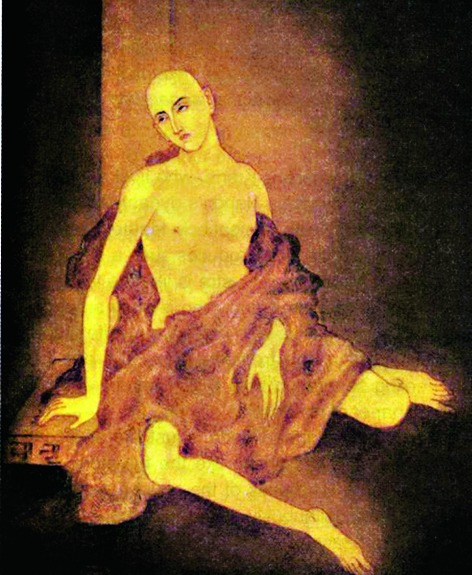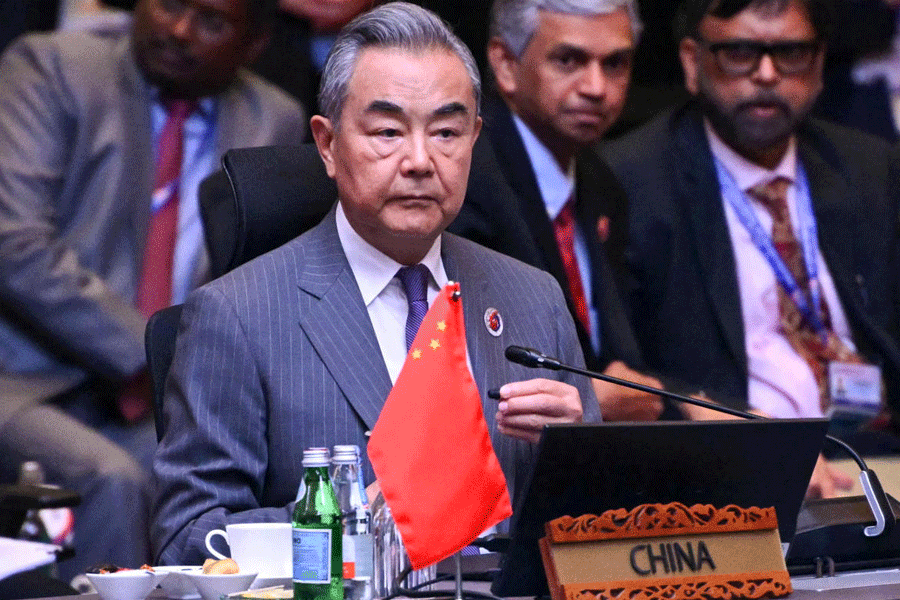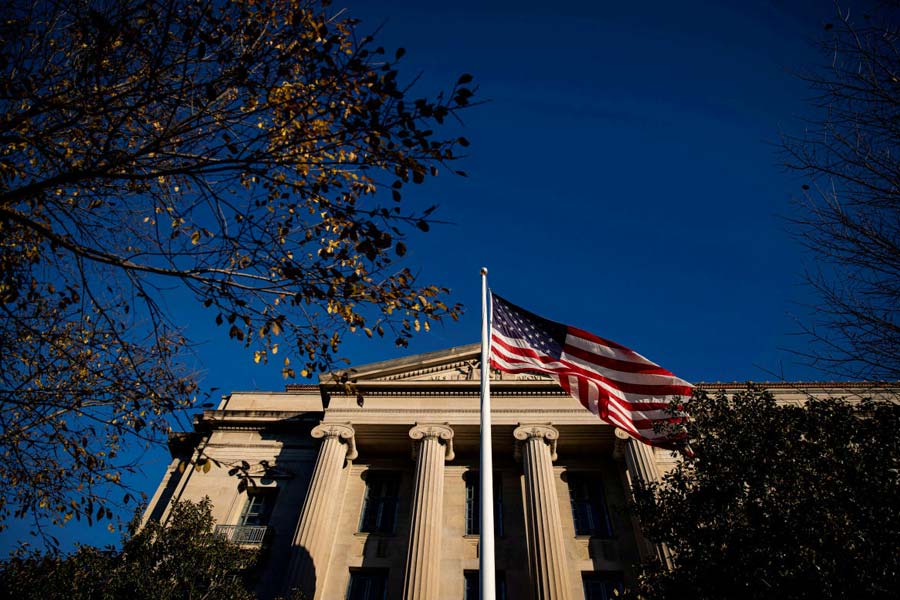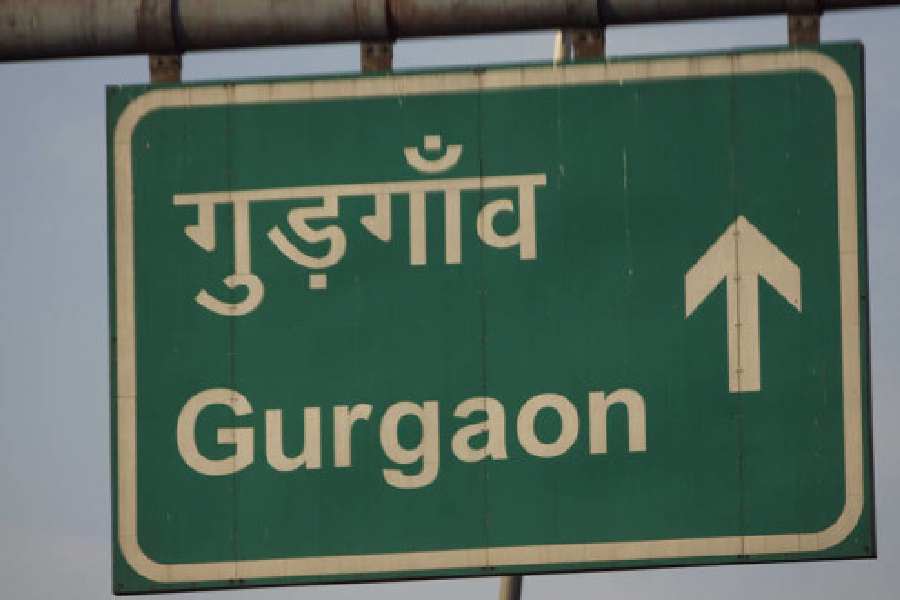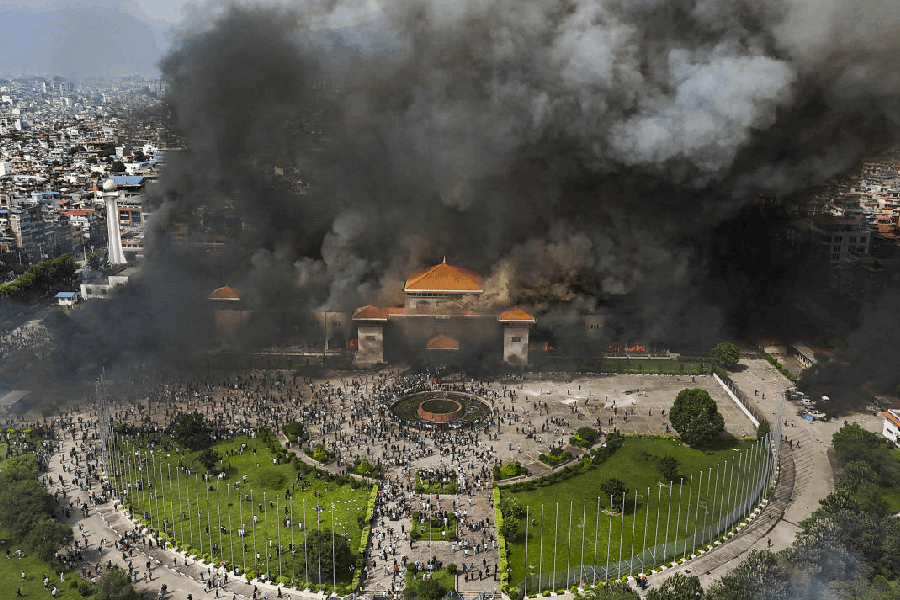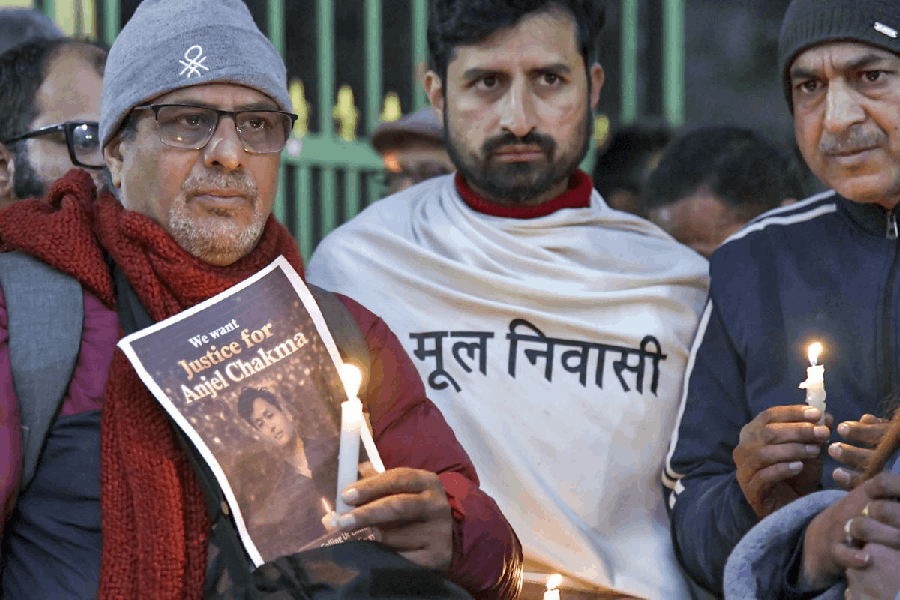

UNFORGETTING CHAITANYA: VAISHNAVISM AND CULTURES OF DEVOTION IN COLONIAL BENGAL By Varuni Bhatia,Oxford, Rs 595
'Unforgetting' presupposes an act of amnesia, a new way of reviving that which is lost - from memory and from the claimed stasis of that memory, time. In a way, Varuni Bhatia's work on Chaitanya tries to locate the reclaiming of Chaitanya Mahaprabhu during the 19th and 20th centuries by the Bengali bhadralok, for various purposes and through various means.
Bhatia has examined the corpus of writings that was accumulating in the wake of Swadeshi and the need to posit an authentic history of the volk; this was being formulated by nationalists of various hues - historians, litterateurs, public intellectuals. In this undertaking, Chaitanya was increasingly being seen as a national hero, a radical social leader opposing the boundaries of caste, gender, institutionalized religion and so on.
However, the celebrated narrative of loss and decline of the national heritage embodied by Chaitanya and his Vaishnavism was fraught with the question of the subject of this act of supposed forgetting. To the multitude of Bengalis, not bhadralok, Chaitanya and his brand of Bhakti were very much living. That, too, not only as a fossilized lineage, but as a dynamic practice, witnessed by new social movements like the Kartabhaja (and not Kartabhaj) and the Matua that were gaining momentum in those times, claiming the legacy of Chaitanya's social movement as well as appropriating the colonial devices. Therefore, the act of forgetting was limited to the bhadralok Bengalis who, with their newly acquired colonial education and taste, were myopic about the cultural and religious situation around them preceding the colonial period.
Hence the reclaiming of Chaitanya as a significant historical moment and site of cultural inheritance was solely meant for and done by the bhadralok audience. Bhatia has examined this repertoire extensively through the writings of three iconic figures of that period - Sisir Kumar Ghosh, Kedarnath Datta aka Bhaktivinod Thakur and Dinesh Chandra Sen. Ghosh was a famous editor-author-political activist who wrote volumes of biographies of Chaitanya and published several titles from his press on Vaishnavism. Sen, a celebrated litterateur and folklorist, projected Chaitanya and his influence as the single-most important literary moment in Bengal and argued through his literary histories that the hagiographies on Chaitanya and the Padavali literature prove the ancientness and autonomy of Bangla as a language culture; that in turn legitimizes the autonomy of the Bengali people in a colonial situation. Kedarnath Datta, a highly placed official in the colonial administration, on the other hand, was trying to reform the Vaishnavism of Chaitanya from within; he sought to regenerate a Gaudiya Vaishnavism that would be authentic and acceptable to the bhadralok who were outrightly dismissive or, at least, somewhat sceptical of that religion. In order to achieve their respective ideals, they fashioned multiple Chaitanyas, circumscribed already always by the anxieties of translation, hence revealing a pattern of the expectations governing those times.
This work too tries to discern the bhadralok selfhood that was being formed through the un-forgetting of Chaitanya. It is a well-researched work, sometimes to the point of being too exhaustive, but Chaitanya is such an overarching figure that any author would be afraid of leaving out important material.
Understandably, Bhatia has also dealt with this anxiety, and has amassed considerable material, many portions of which might not have been absolutely necessary to foreground the central argument. However, most of this is related to the 'Unforgetting' part and the 'Chaitanya' part of the title is by and large eclipsed by that.
It is hard to believe that such a praised work on Chaitanya has not referred to any hagiographic material in Bangla or Sanskrit. As far as the bibliography suggests, only Stewart's English translation of the Chaitanyacharitamrita and Rajendralal Mitra's translation of Chaitanyachandrodaya have been consulted, and Chaitanyabhagavata and other such seminal texts have been referred to only secondarily, based on Stewart's introduction to his book. A book cannot be criticized for what it does not contain, but somehow it seems that Chaitanya could have deserved a little more attention in a book bearing his name.
And rather more so in the 20- page long bibliography that includes almost all branches of modern scholarship. Perhaps then, Srivas Pandit, whose wife was a friend and contemporary of Chaitanya's mother, would not have become a young associate of Chaitanya. Examples like these and typographical errors abound; these do not diminish the significance of the book's central argument in any manner.
However, one wonders whether the need to support the already established patterns of the formation of selfhood of the colonial bhadralok might objectify a phenomenal Chaitanya to a mere trope that can be clearly and sufficiently understood from secondary sources.

